As East African Community (EAC) economies and businesses return to normalcy and adapt to new challenges, the East African Business Council (EABC) has shared their 2021 outlook and key agenda.
EABC C.E.O Peter Mathuki noted that Covid-19 had greatly affected the economic growth of the EABC partner states. The South Sudanese Pound and Kenyan Shilling have been hit the hardest. They shed 9.89% and 8.82% against the USD respectively between January and November 2020. The situation in Kenya was made worse by floods and the swarm of locusts that hit the country in the course of the year.
Commodity prices were disrupted. The prices went up due to the high rate of demand and the supply was low. In Kenya, people depend on mitumba clothes and when they were not coming into the country the prices went high.
The tourism and travel sector have greatly been affected as well. Restrictions on travel to combat COVID-19 have reduced air travel and increased cancellations of hotel reservations. These measures continue to affect receipts, thereby reducing foreign exchange inflows. As a result, there is an impact on the service-related employment in East African countries with a high dependence on tourism like Kenya.
COVID-19 also brought cross border issues. There were unharmonized testing charges in the region. Burundi charged $100 (Ksh11,000) while the testing charges varied in the whole country. There was also manual cargo scanning coupled with intermittent cargo scanner breakdowns causing a low turn around.

According to EABC the global economy grew by an estimated 2.9% in 2019 and was projected to grow by 3.4% in 2020. New projections now show that the global economy in 2020 would contract by 3% far lower than the 2.9% growth estimated in 2019.
READ>>>>>Dim Prospects for Business in 2021 as Post-Pandemic Recovery Slows Down
In 2021, the economic growth projection for the East African region is projected to recover to 3.7% in the baseline scenario and 2.8% in the worst-case scenario. This however is under the assumption that COVID-19 would be contained in the short-to-medium term.
Kenya’s growth projection is at 6.1% baseline scenario and 5.7% worst case scenario. The EABC projects the inflationary pressure of Kenya at 5.6% in the baseline scenario and 5.7% in the worst case scenario.
Dr. Mathuki noted that while it was critical for Kenya to sign an Economic Partnership Agreement (EPA) with the UK, to avoid losing out on trade, the region’s enjoinment to the deal will enable the bloc to export larger volumes of goods and enjoy economies of scale by marketing as one investment destination.
“It is more beneficial if the EAC region is marketed as a single investment destination,” he said.
Dr. Mathuki urged EAC Partner States to take advantage of the new USA Government and approach it with a bid to revive the negotiations and implementation of the EAC-US Trade and Investment Partnership which were stalled since 2016.
“Given that both US and EAC have already agreed on some areas under EAC-US Trade and Investment Partnership, the approach will aim at enhancement of the implementation of the agreed areas and move forward on areas that these two parties have not agreed,” Dr. Mathuki added.
He further appreciated TradeMark East Africa (TMEA) for the continued partnership and support to the East African Business Council towards advancing Public-Private Sector Dialogue and safeguarding intra-EAC trade & investments amidst COVID-19.



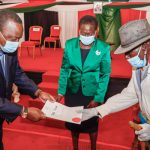






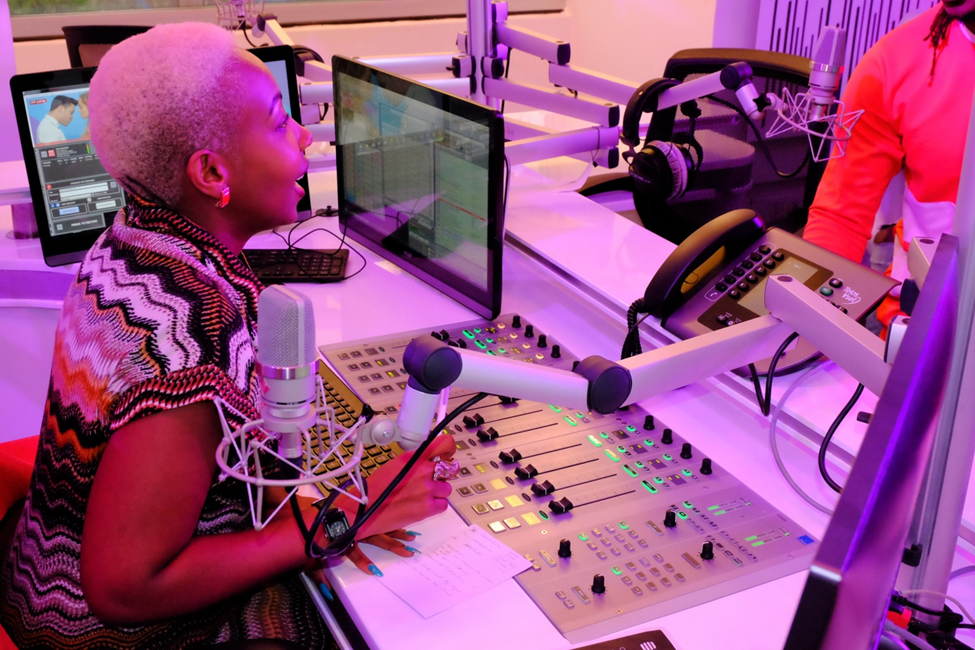


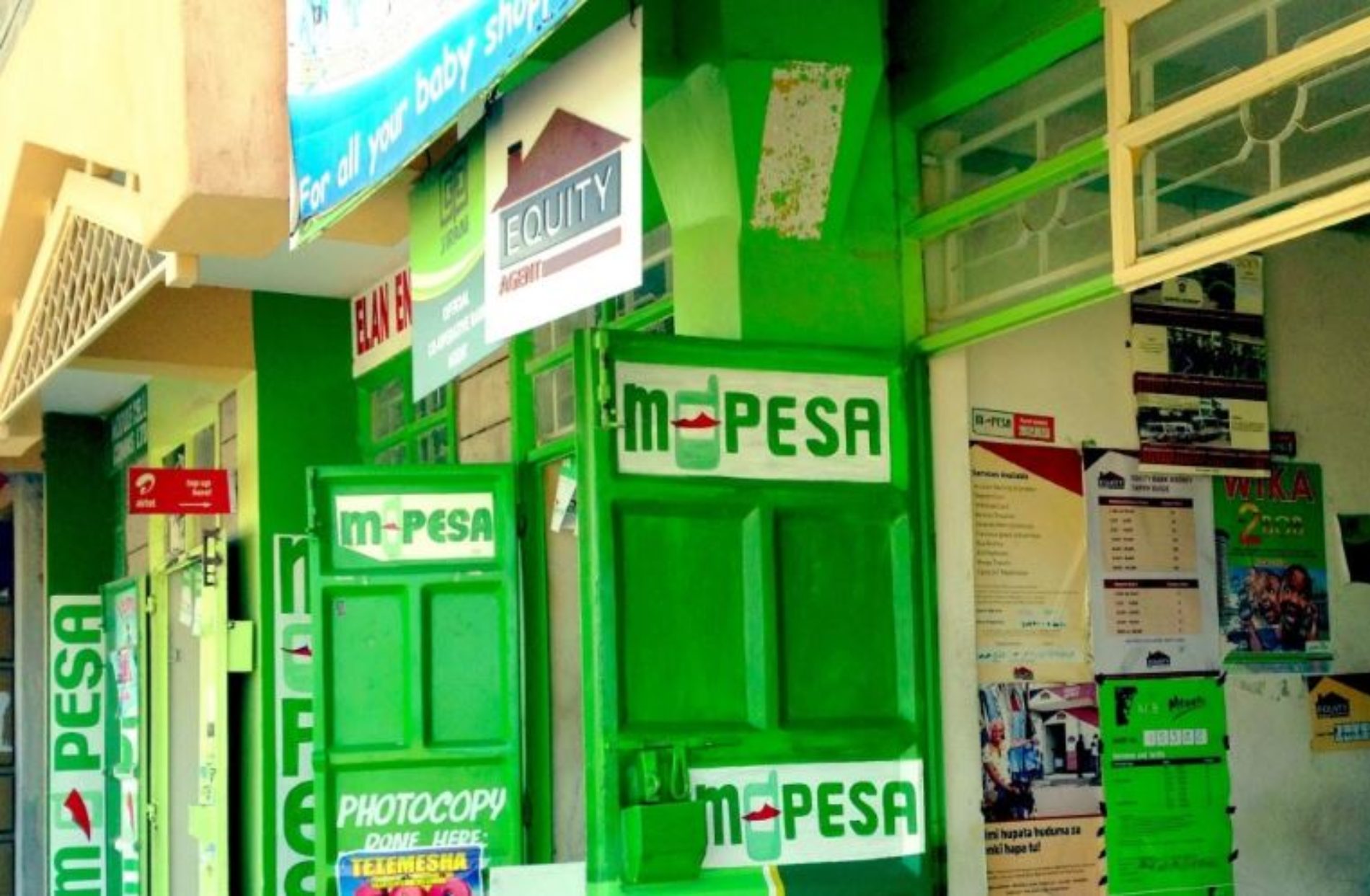



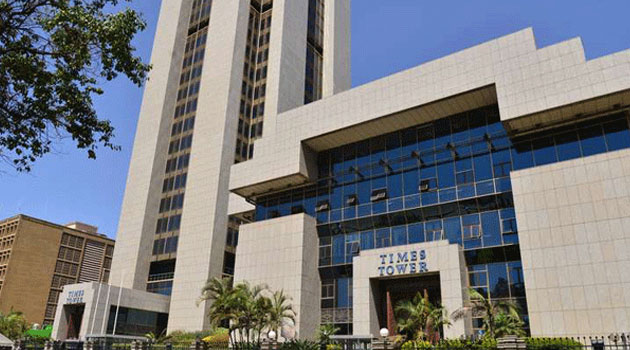

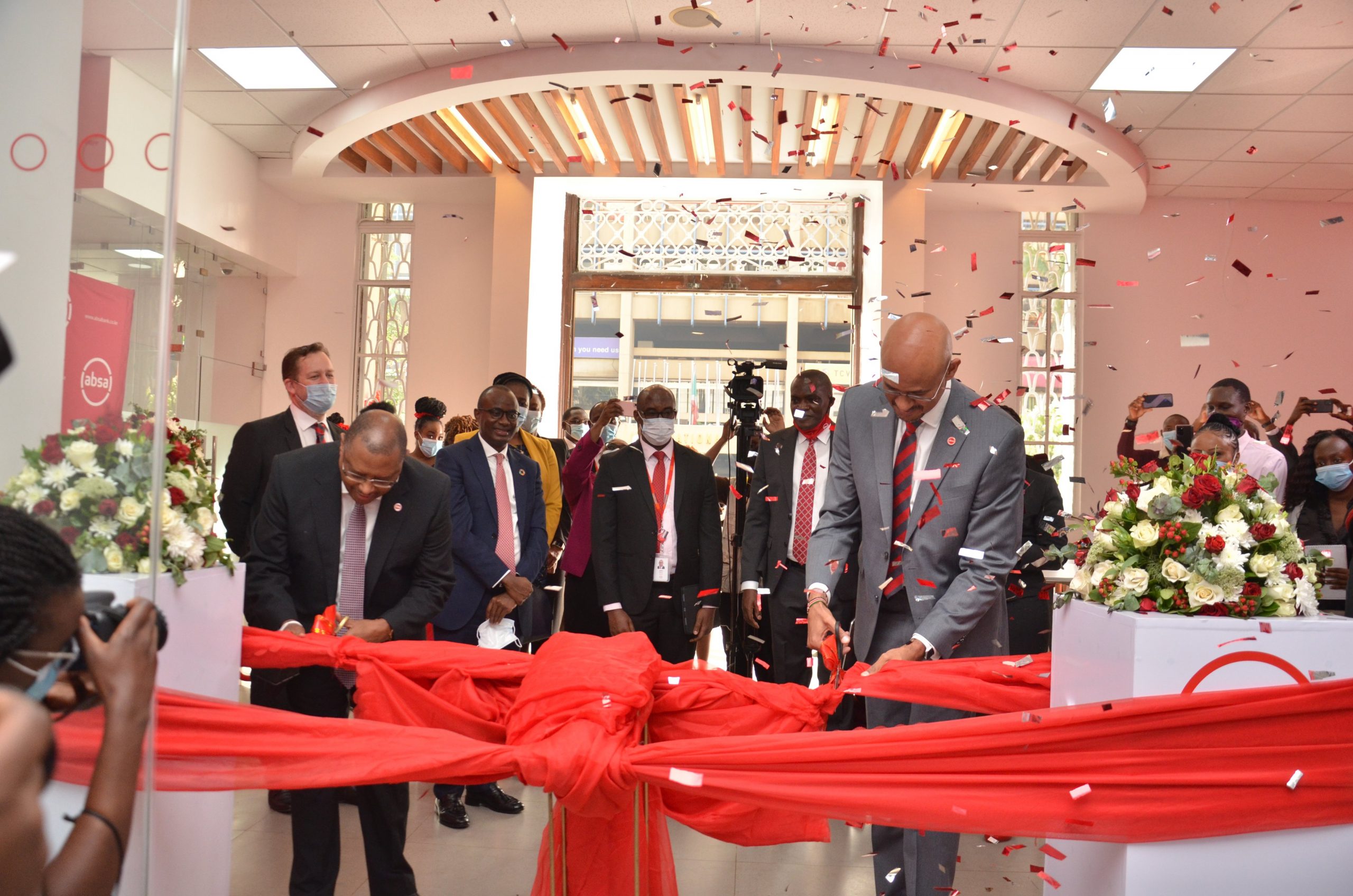


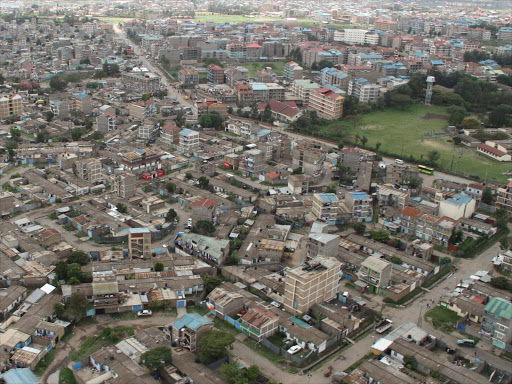



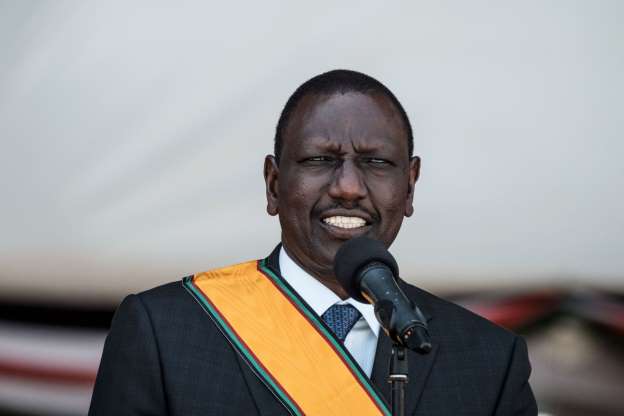









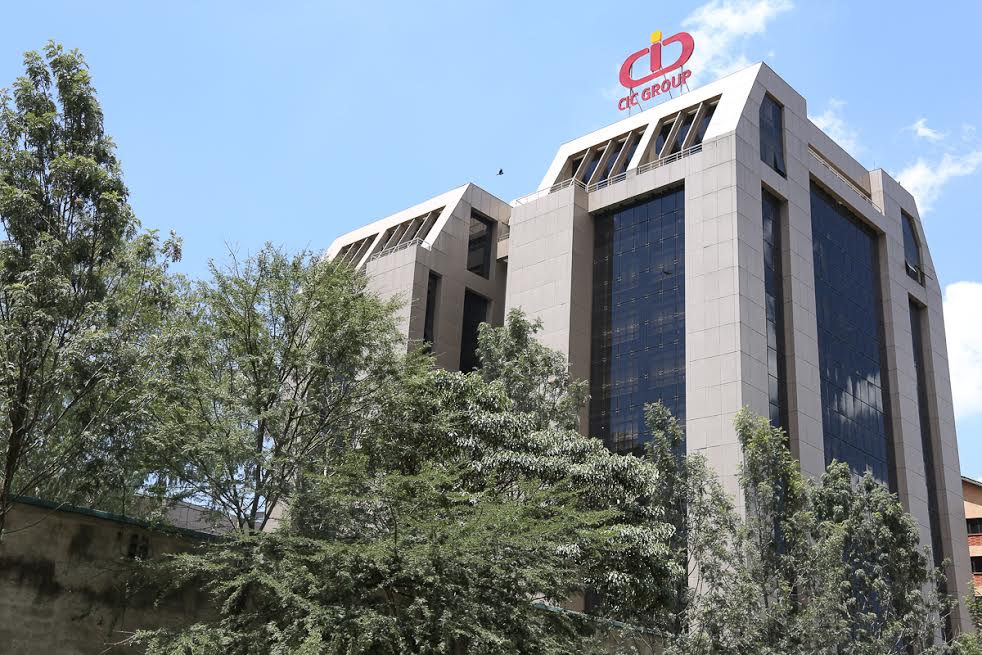
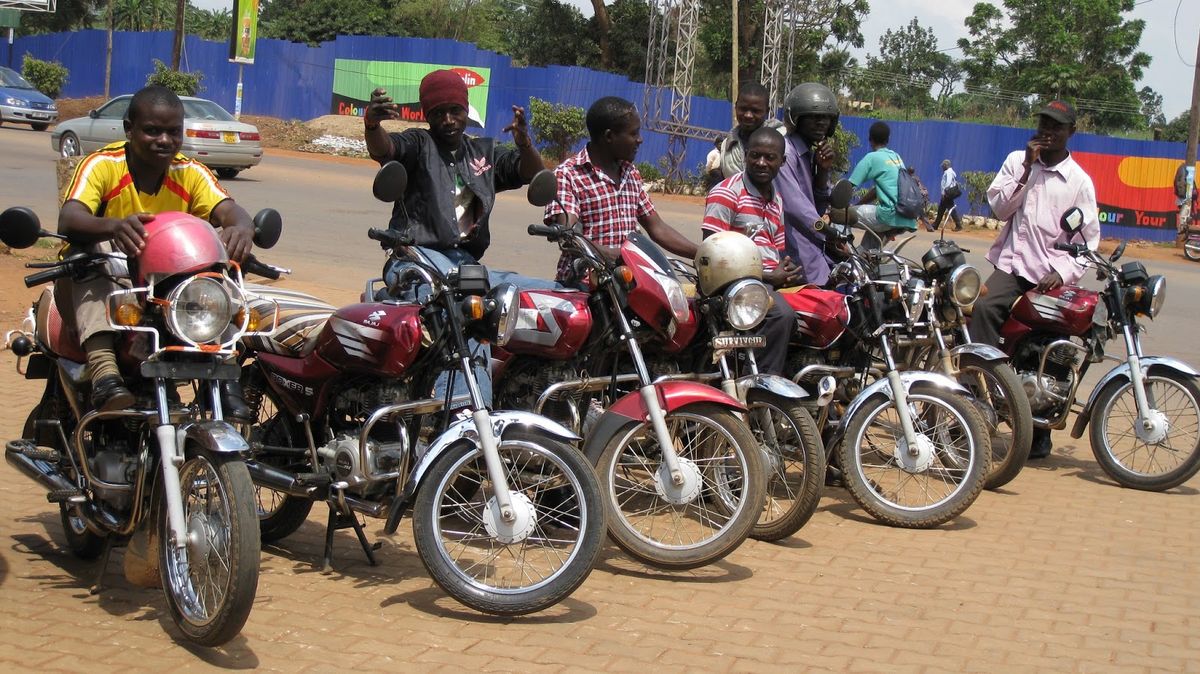




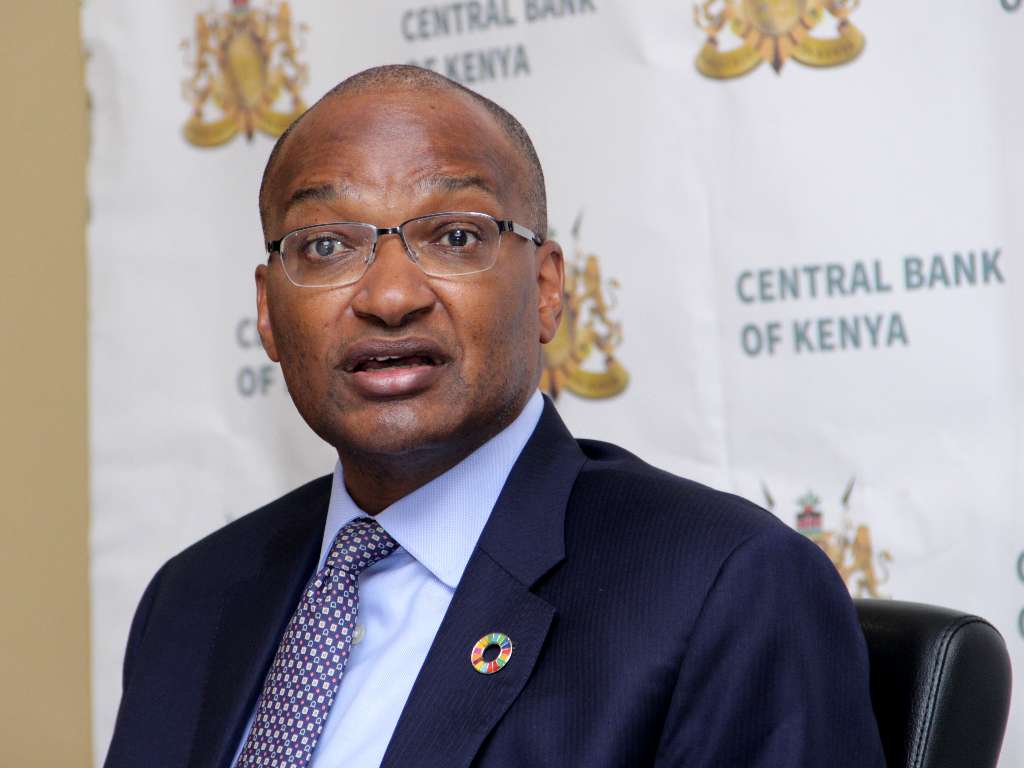
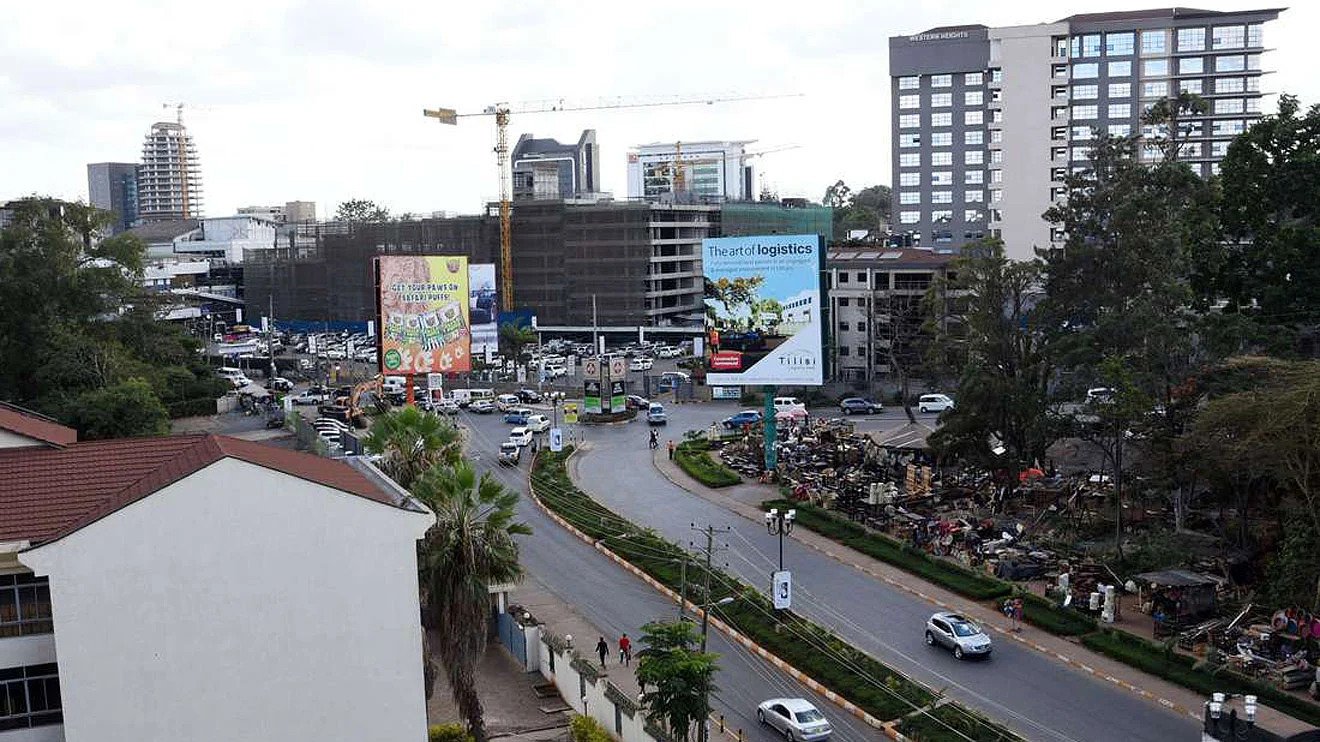

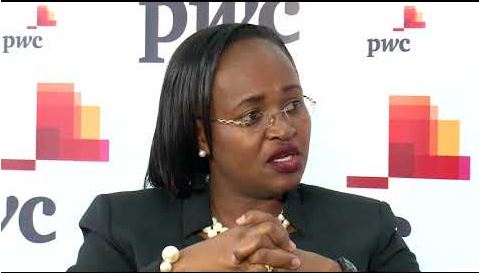

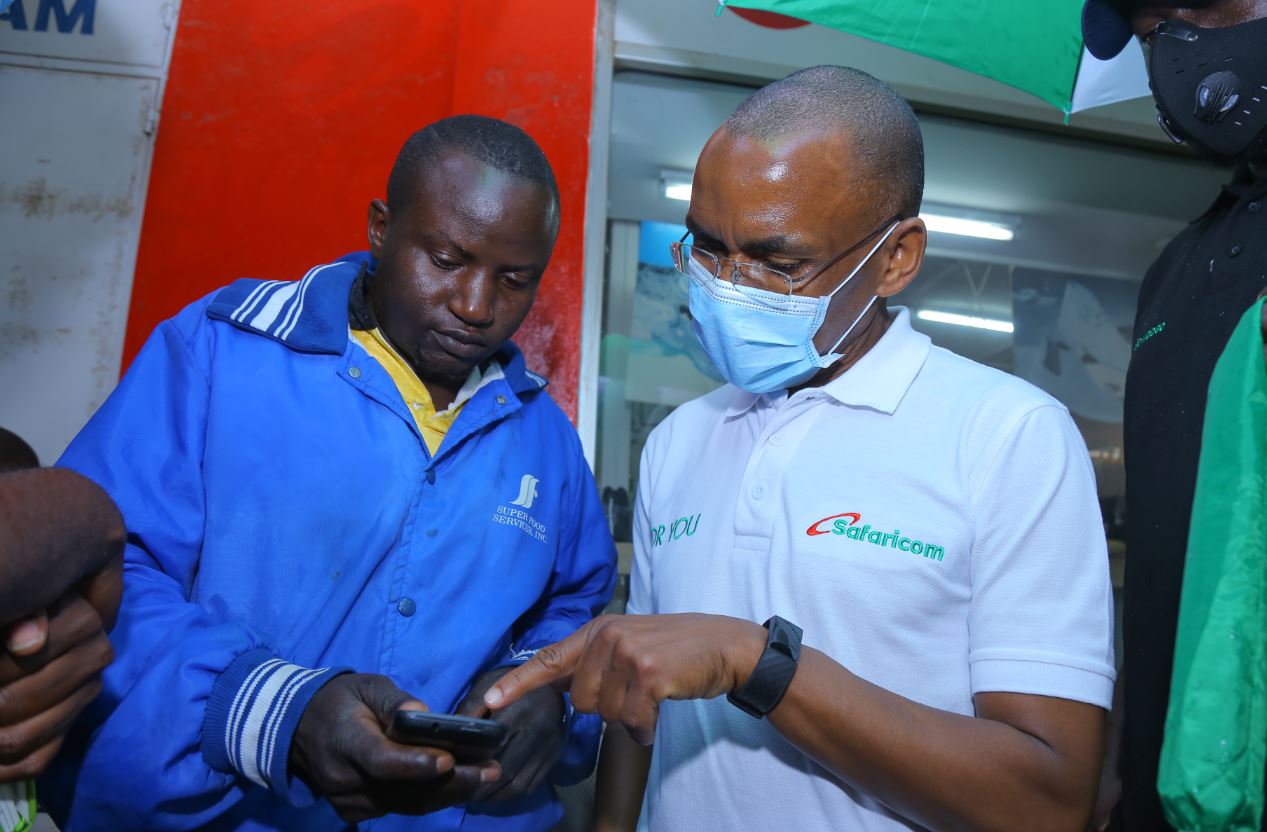
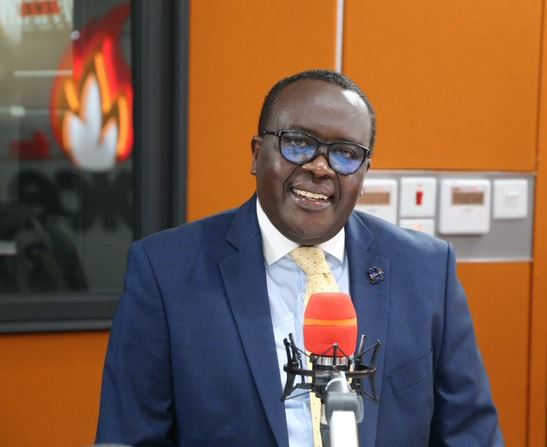

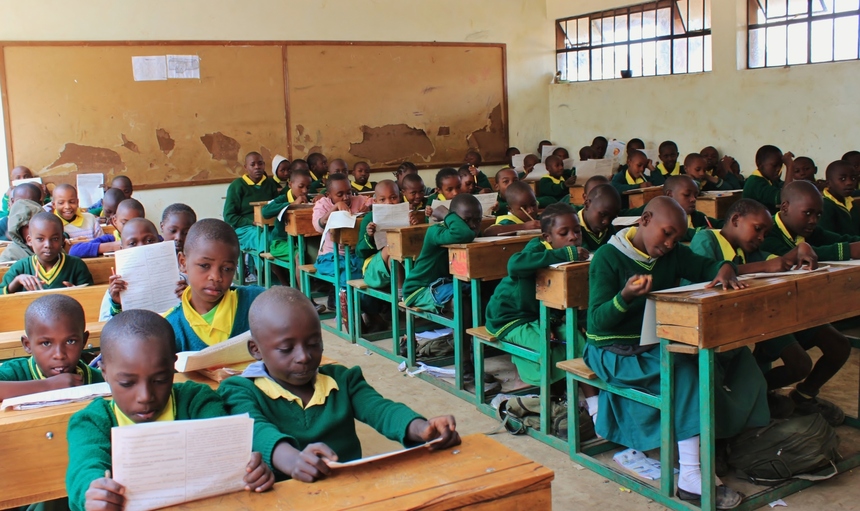
![Pula Co-Founders and Co-CEOs, Rose Goslinga & Thomas Njeru. Pula provides agricultural insurance and digital products to help smallholder farmers manage climate risks, improve farming practices and increase their incomes. [ Photo / Courtesy ]](https://businesstoday.co.ke/wp-content/uploads/2021/01/Pula-Co-Founders-and-Co-CEOs-Thomas-Njeru-Rose-Goslinga.jpg)






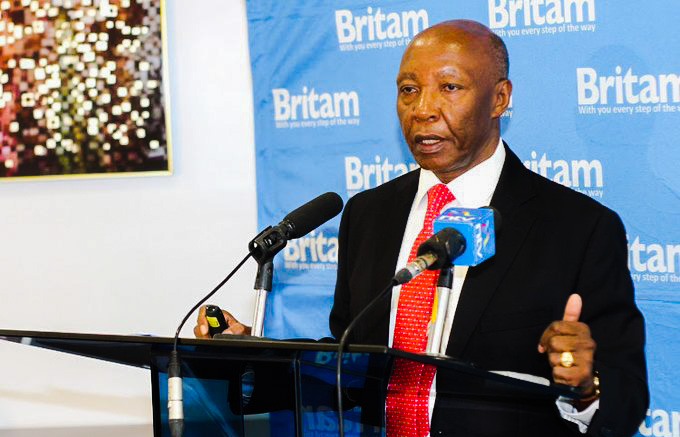
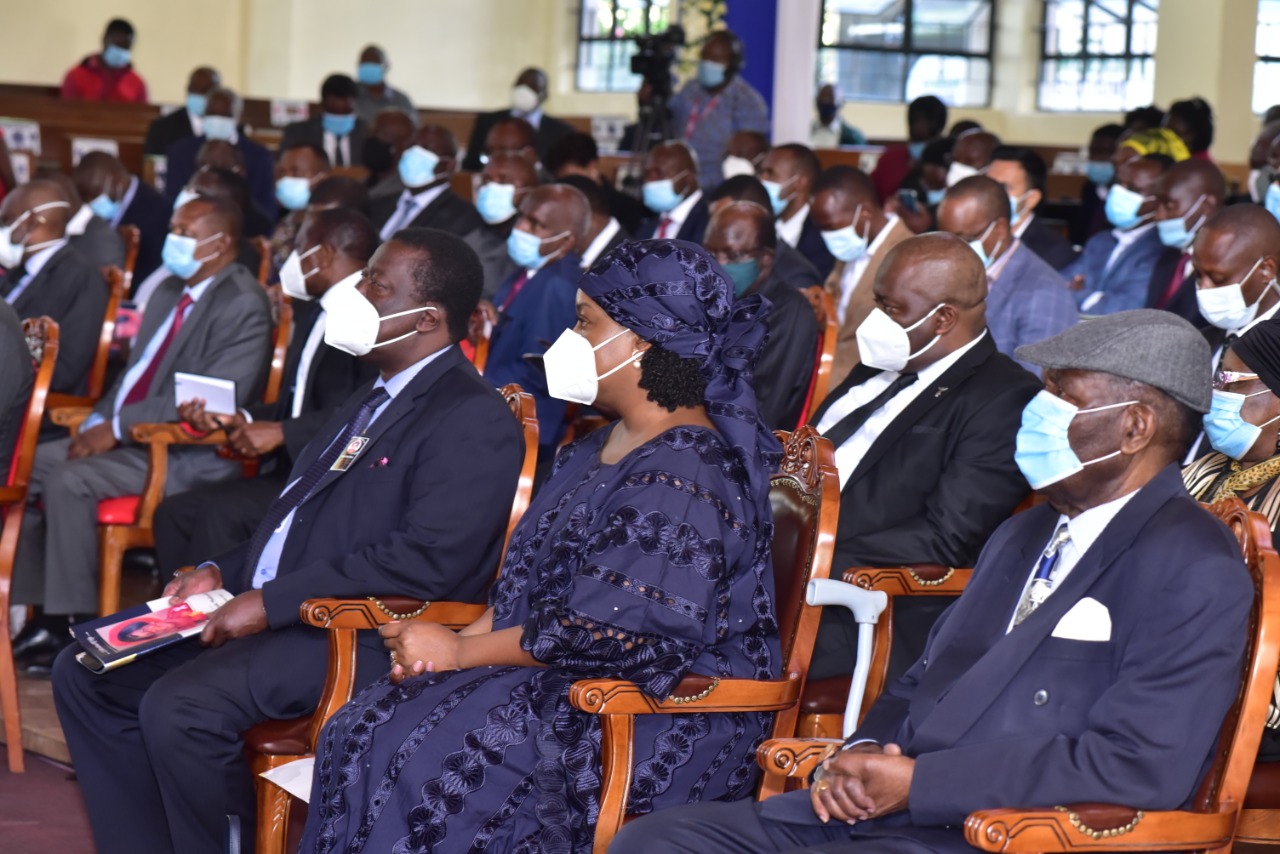
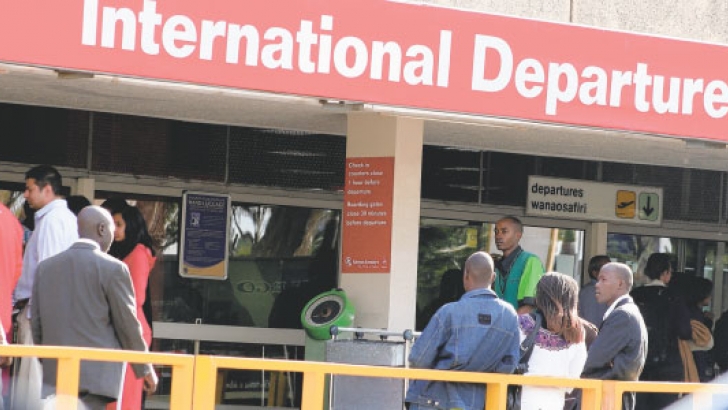


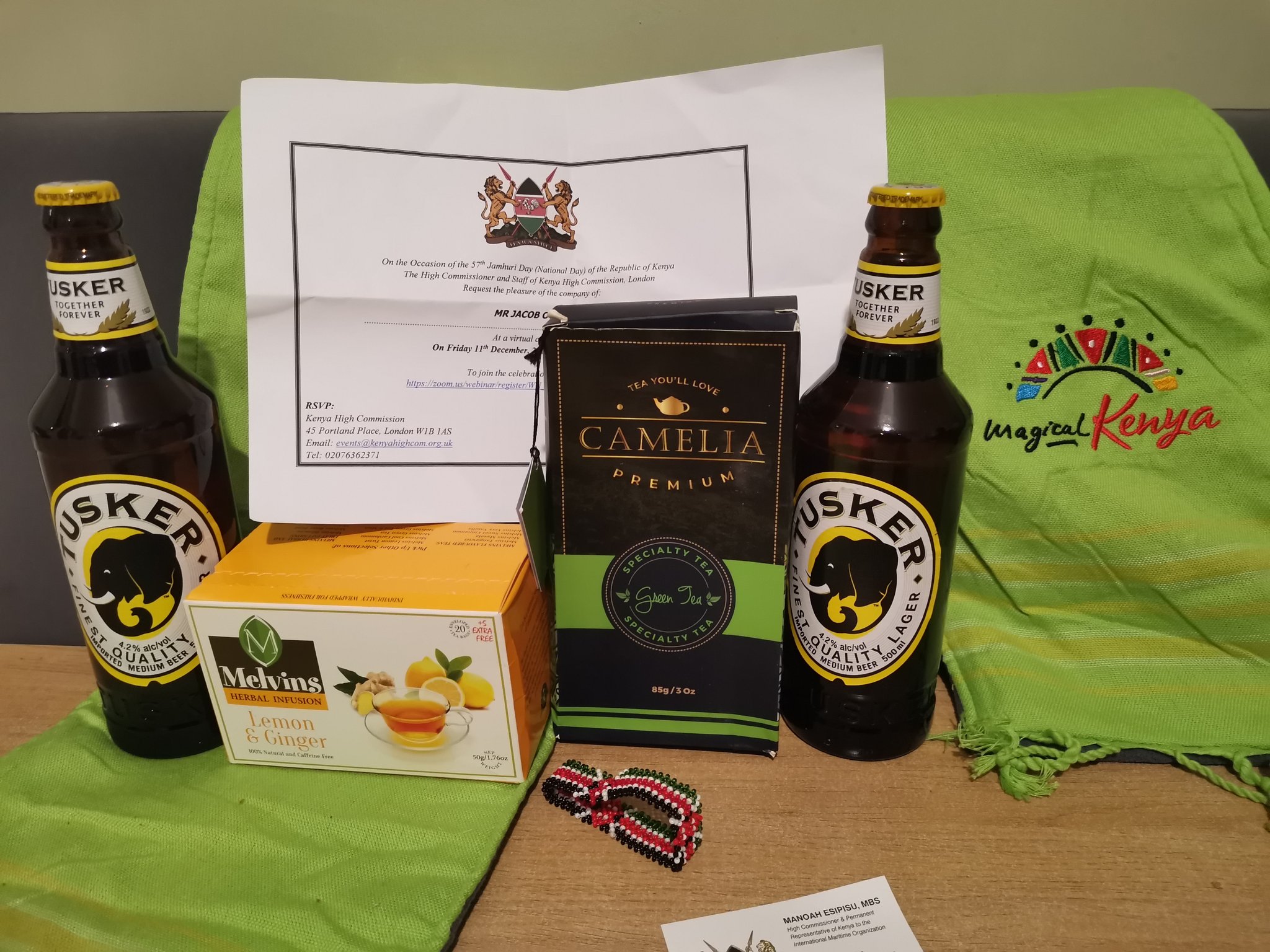

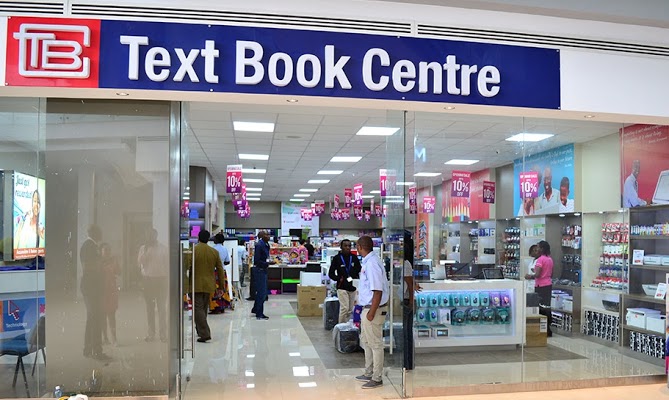
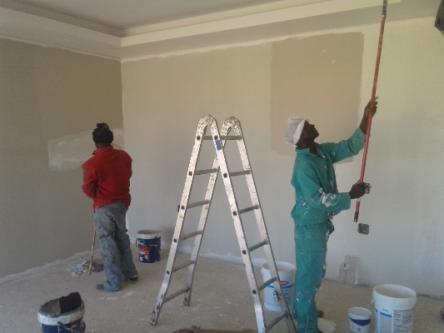
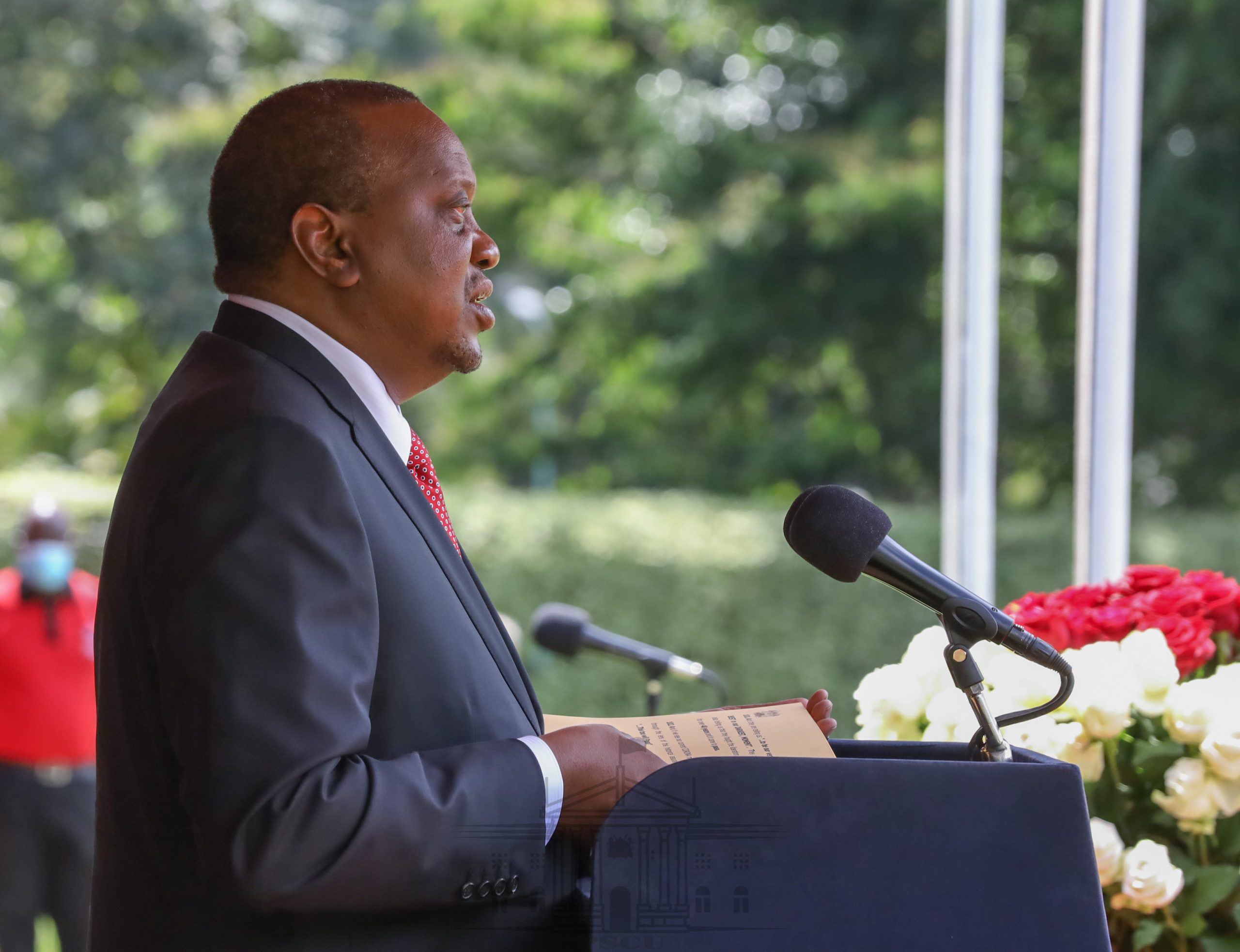


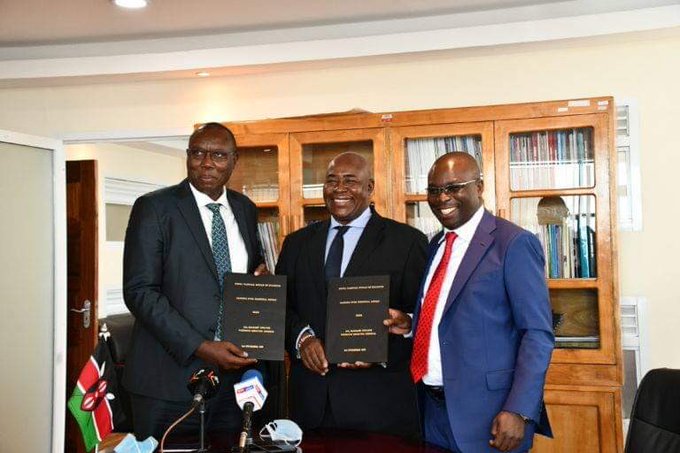

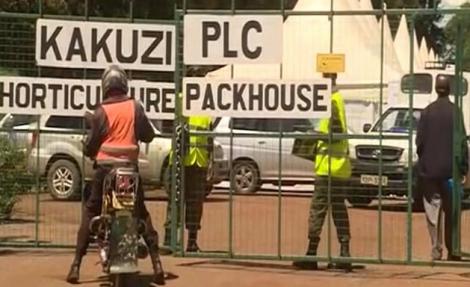
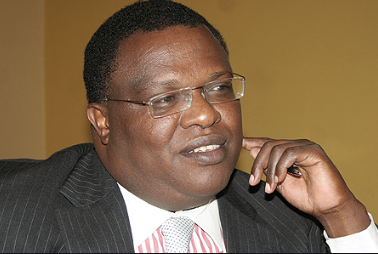
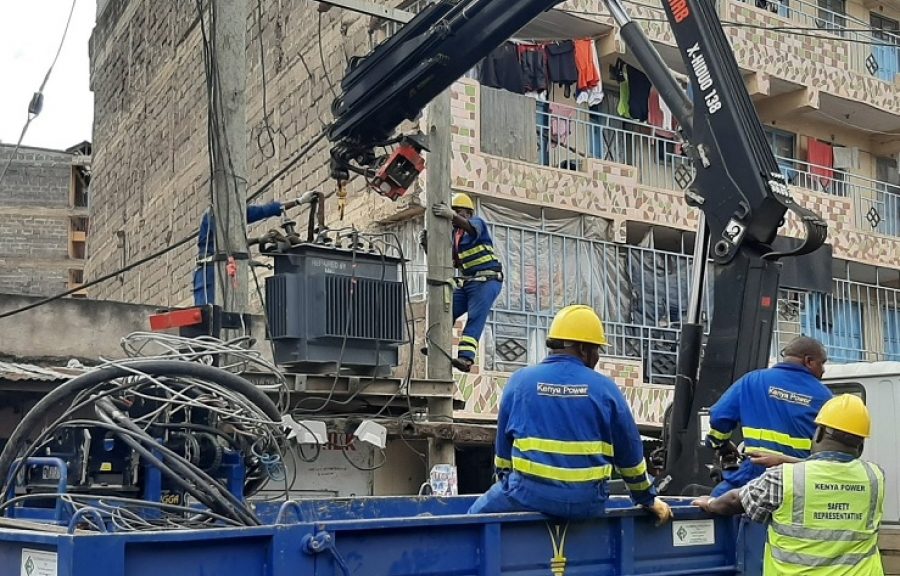
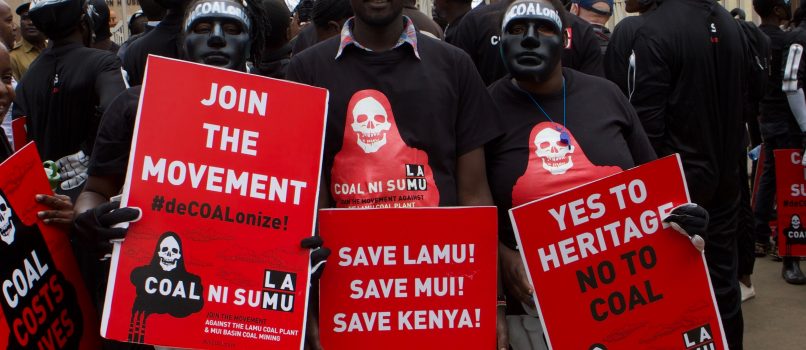
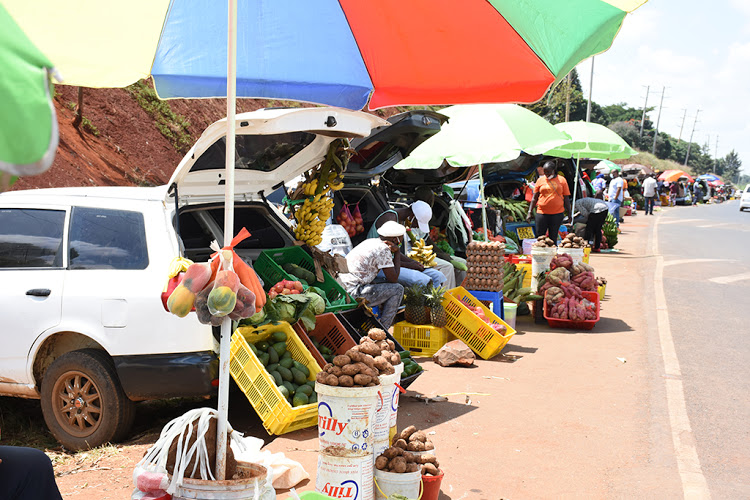
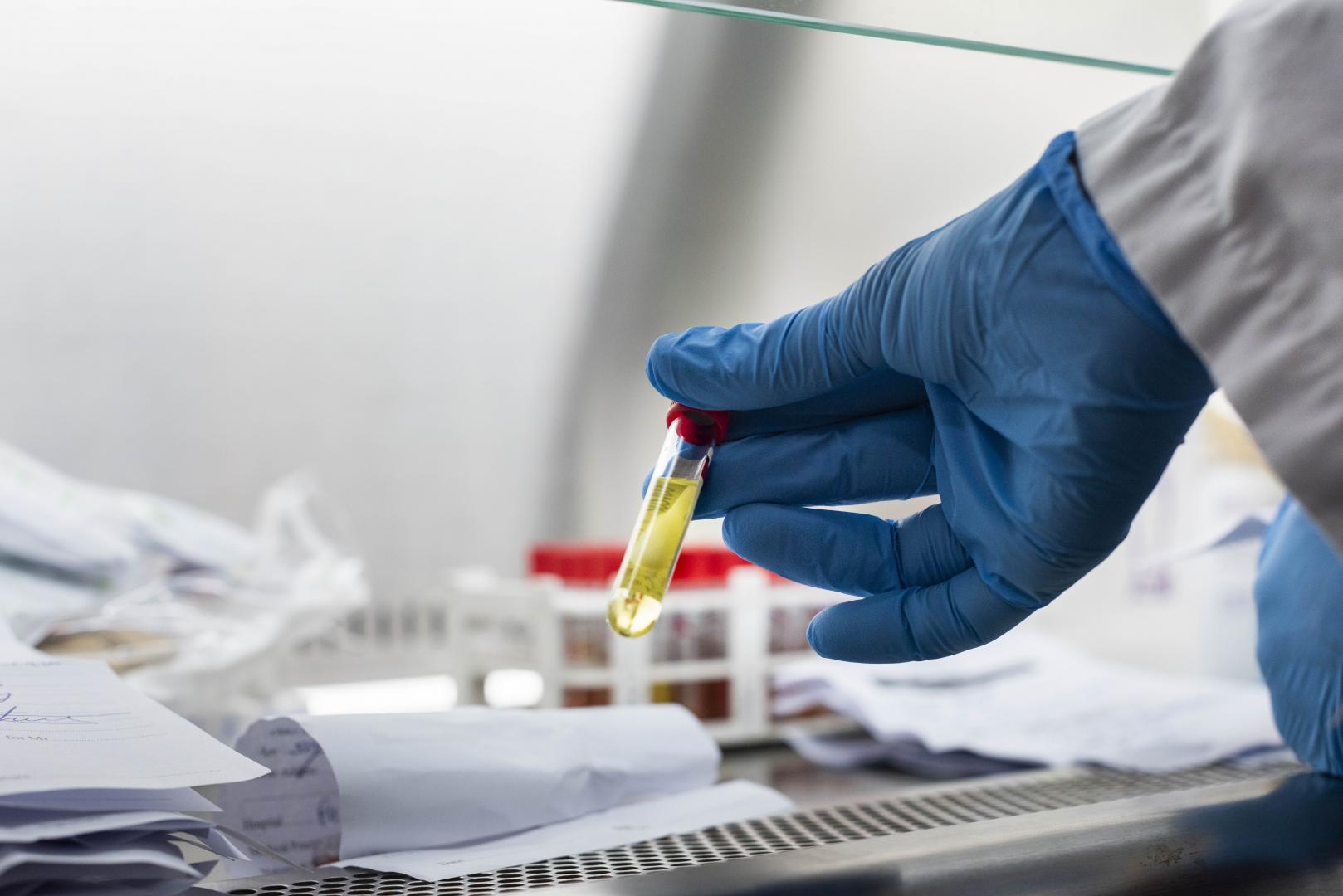
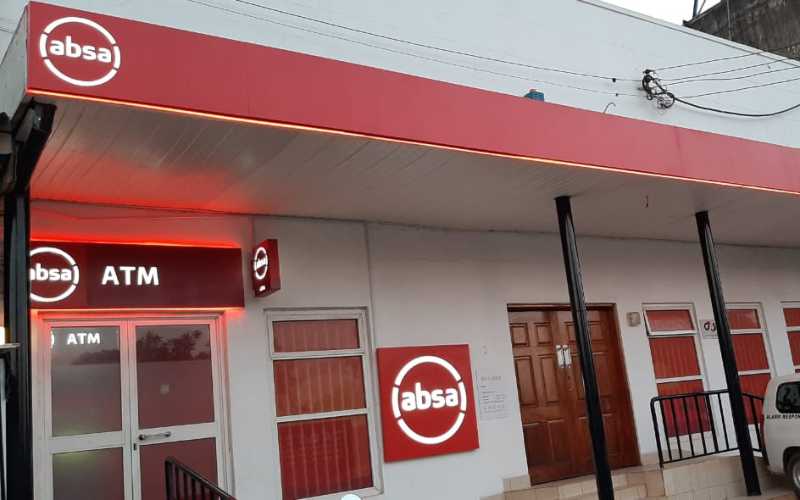


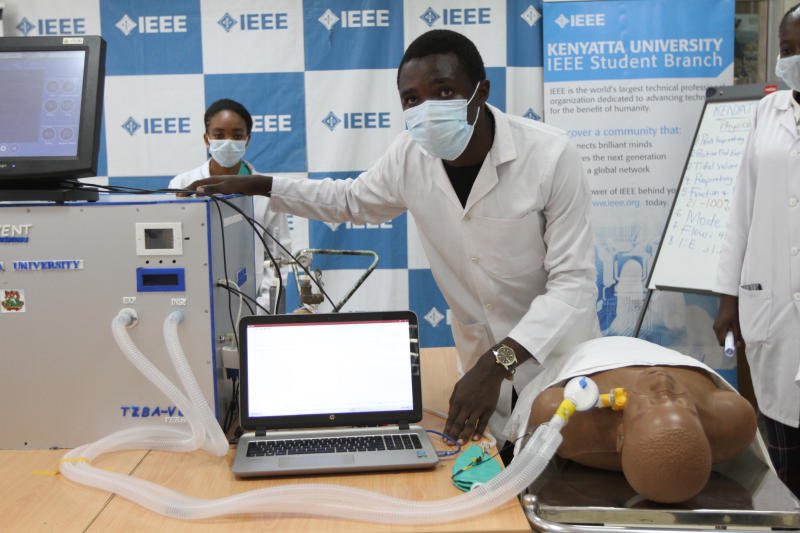





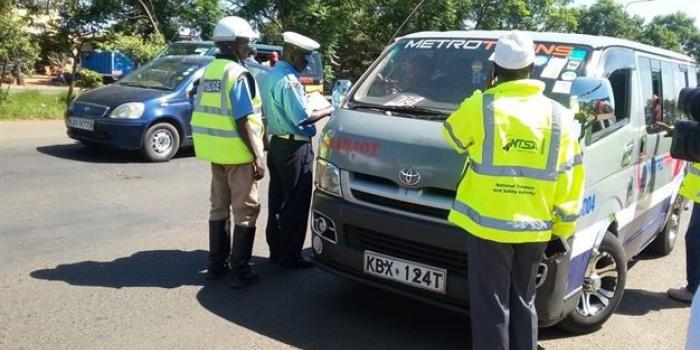


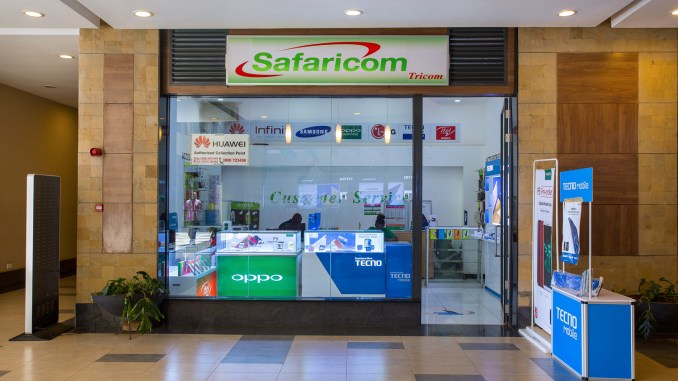

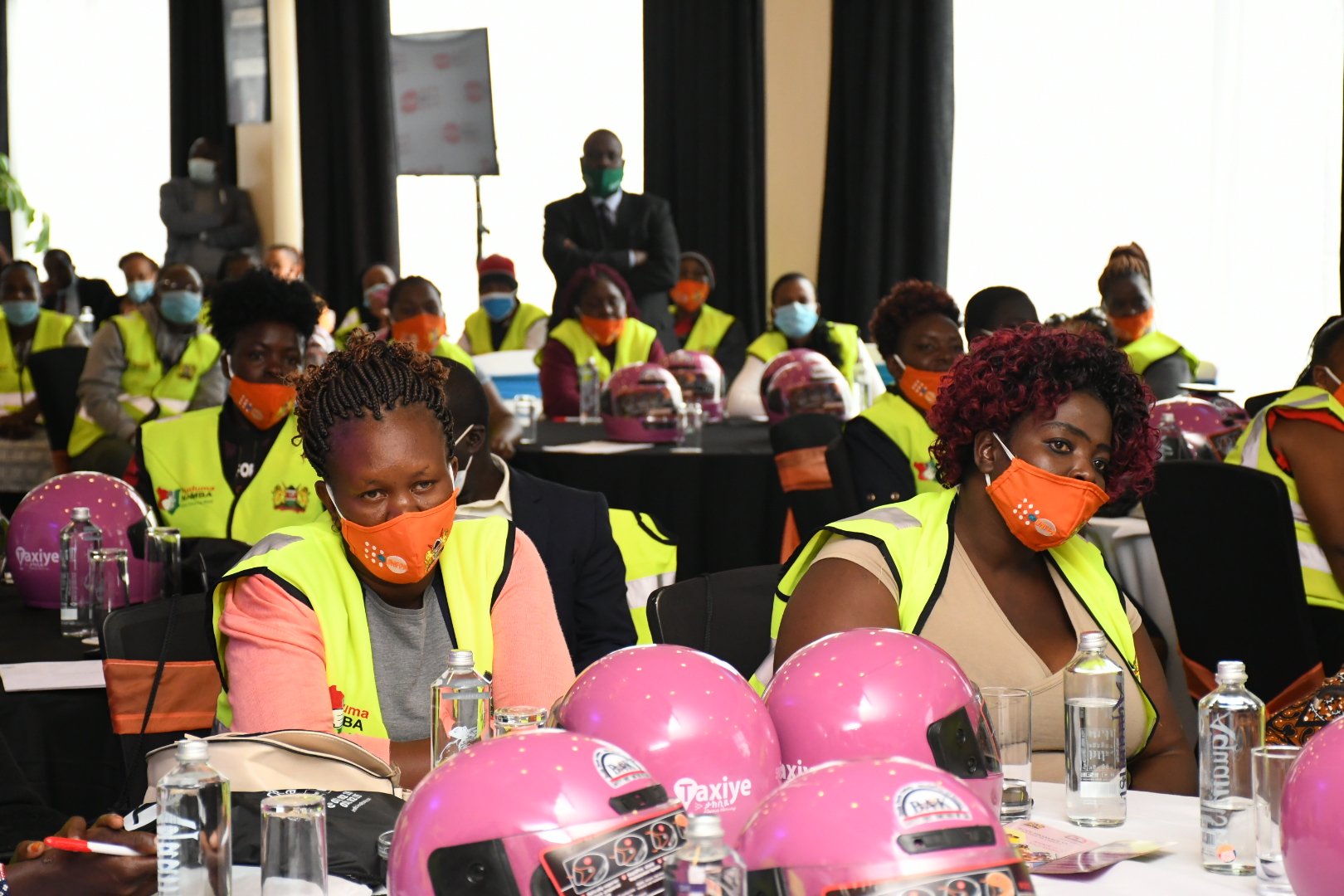


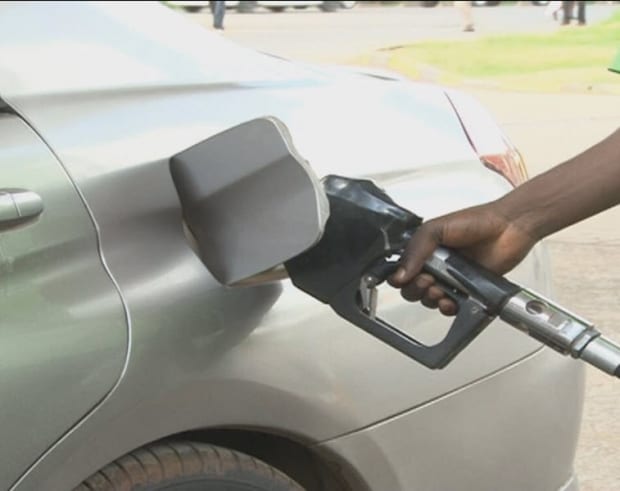





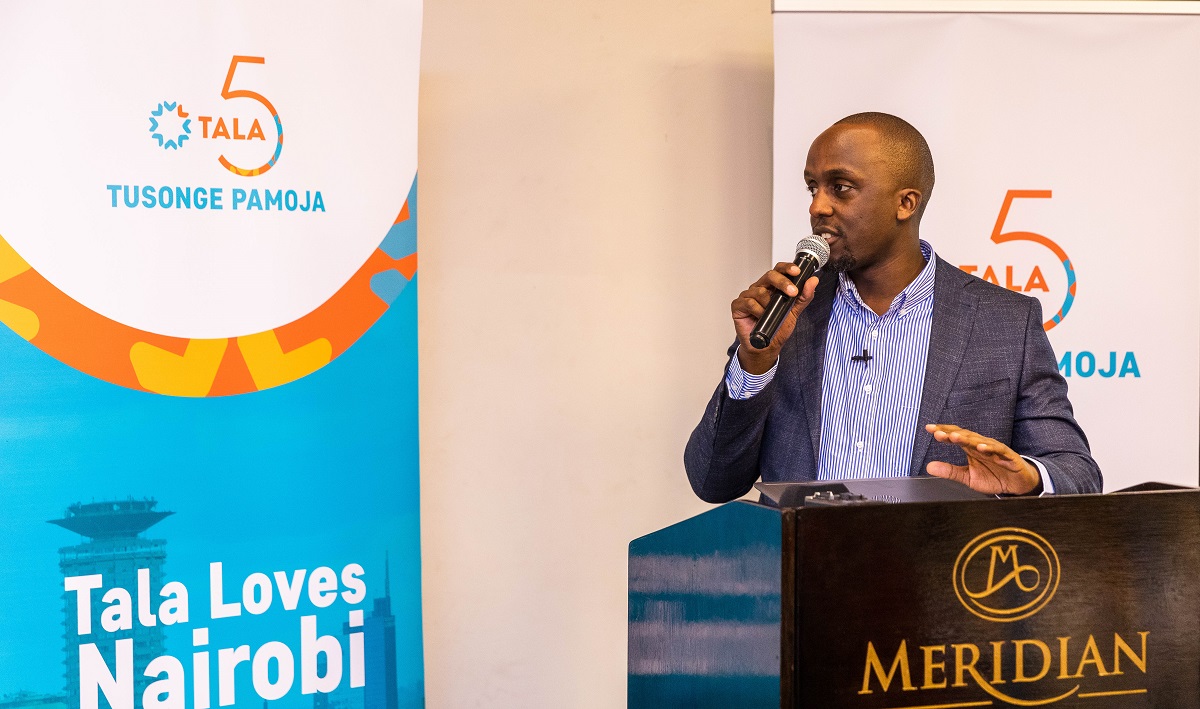
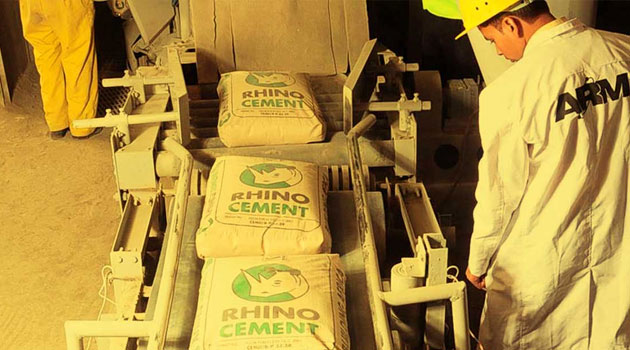




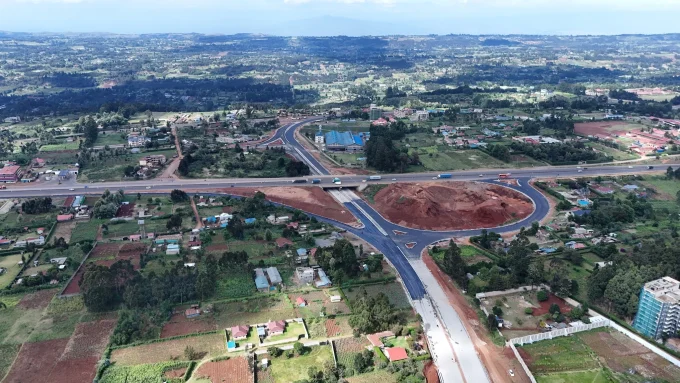



Leave a comment